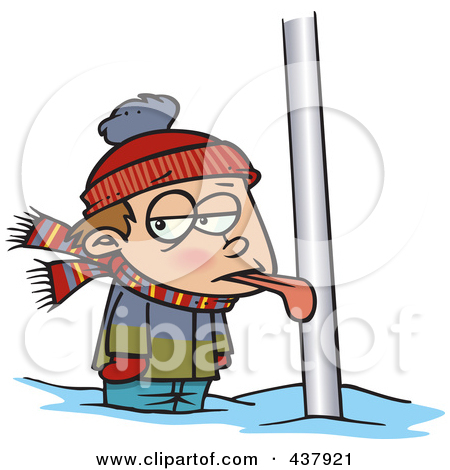
.jpeg)
In 1930, Louis Aragon organised an exhibition dedicated solely to collage at the Galerie Goemans. Max Ernst blended the visual and the verbal in his collage novels from the late 1920s. The Surrealists were enchanted with text. For the Surrealist artists, “collage” no longer had to do exclusively with paper and glue. The Dadaists and their techniques of relief assemblage, overpainting and photo-collage influenced Surrealism. With her works, she explored gender roles and politics, calling into question the very way society viewed itself.įor the Cubist artists, papier collé had opened onto construction and design. After this, she started creating her photomontages, using the child-like technique of replacement – the wrong head on the wrong body, reshuffling images, etc. It could be said, then, that she rediscovered the method in 1918 when she discovered montaged oleographs on a trip in the Baltics with Hausmann. As a child, Höch was already making paper collages. Hannah Höch’s klebebilder are some of the most iconic works of the collage style from that period. They regarded themselves as engineers and their work as constructions which they assembled. He called himself “Der Monteurdada.” Heartfield and Raoul Hausmann named their process “photomontage” because they refused to play the part of the artist. It is John Heartfield who claimed to have invented photomontage, saying that he was already cutting and pasting photos in the trenches in 1915. Schwitters’s aim was to create works of art that embraced all different branches of art. They are a denial of human egotism.” A significant contribution was made by Kurt Schwitters, who started making his Merz works in 1918 – paper pictures and shallow relief constructions with all kinds of detritus he found on the street. In the catalogue, he explained that the works were “structures of lines, forms and colours that attempt to achieve the infinite and the eternal – beyond the human realm. By November 1915, Arp had fled Paris to neutral Zurich and was exhibiting collage works at Gallerie Tanner. Hans Arp, for one, had come to Paris in 1914 to avoid the military draft in Germany and must have seen Picasso and Braque’s papier collés there. Stylistically, in their combinatory methods of pasted paper, the Dadaists shared many similarities with the Cubists. The political madness of the First World War produced DADA. Then there was Balla, who used collage to craft visually mobile versions of three-dimensional constructions. In the art of Boccioni, it became a method of enriching the surface, while Carrà included ready-made elements in his ‘free word’ pictures. Futurist artists quickly took over the collage style as well. His papiers collés have been described as some of the most pictorially complex of his time.

The Spanish artist Juan Gris, a deeply committed two-dimensional artist, used collage to continue to develop his two-dimensional art. It didn’t take long before other artists in Paris caught on to this new exciting development that Braque and Picasso were immersed in. Picasso was in the process of studying and dissecting objects like a surgeon dissecting a corpse. The early collages are also filled with fragments from popular songs, fake wood-grain paper, and snippets of bodies, faces, instruments and other objects. In one of Picasso’s earliest collage works, Guitar and Sheet Music, he pasted and layered paper, creating shading and structure. “After having made the first papier collé, I felt a great shock, and it was an even greater shock for Picasso when I showed it to him,” recalls Braque later.īack in Paris, after having seen Braque’s papier collé (from the French word coller, meaning “to glue”), Picasso immediately embarked on a phase of collage – he created nearly a hundred papiers collés in short succession. The tension of the combined tactility and visuality creates a rupture, a jolt. The drawings and the paper intersect and interact in a way that will bring a totally new direction to the art of both Braque and Picasso. Back in the studio, he starts pasting rectangular patches onto the surfaces of several large charcoal drawings. The exchanges between the two artists in this period were later to be described by Braque as ones that ‘nobody but us would ever be able to understand.’ Braque wanders past an Avignon wallpaper store, and spots some wood-grain wallpaper.

Pablo Picasso has just returned to Paris after an intensive working period with Georges Braque in Sorgues.


 0 kommentar(er)
0 kommentar(er)
